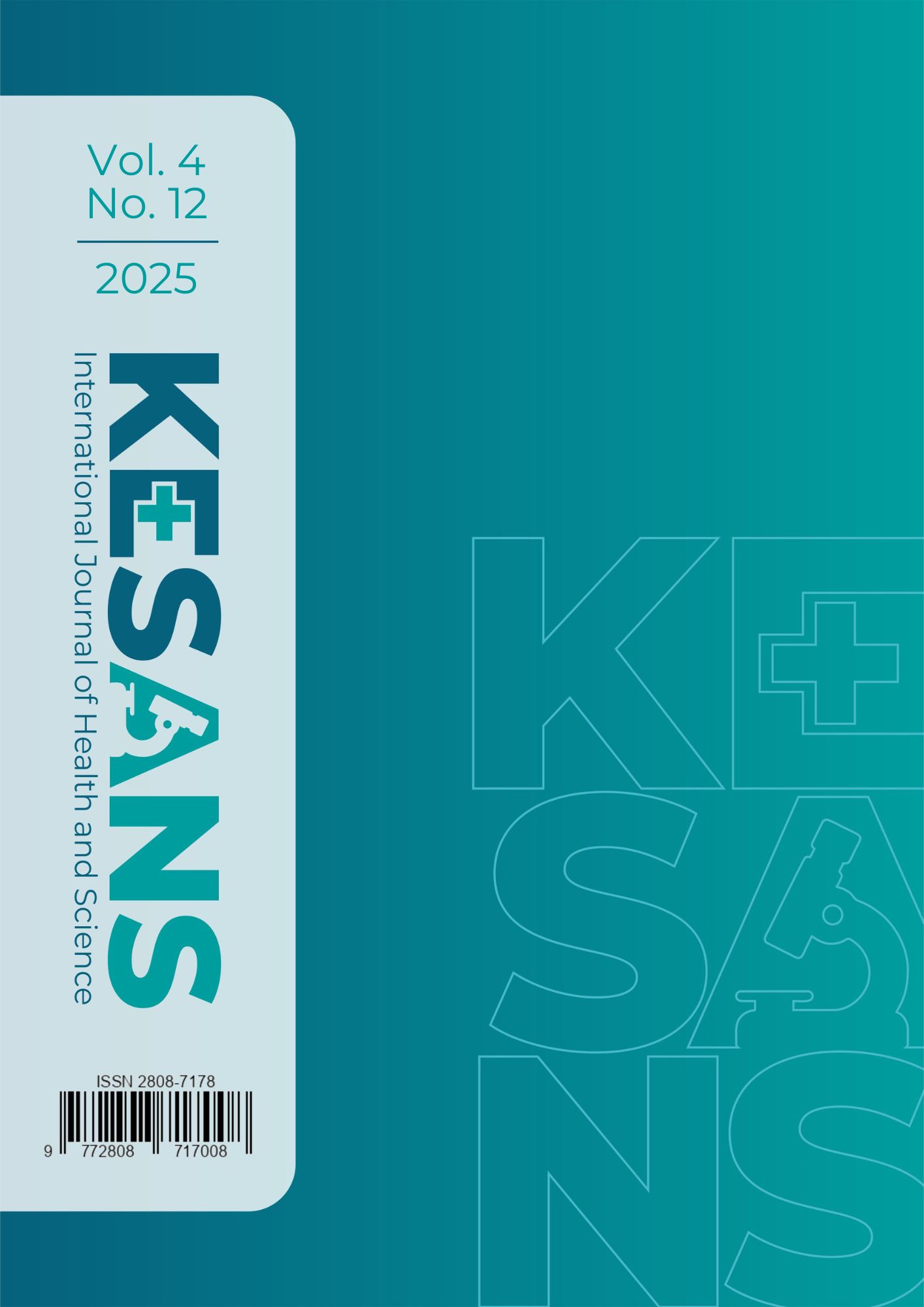Effectiveness of Using DIVA Scores in Assessing Intravenous Access Difficulty in Adult Patients: A Literature Review
DOI:
https://doi.org/10.54543/kesans.v4i12.441Keywords:
DIVA Score, Intravenous Access, AdultAbstract
Introduction: DIVA Score, known as a level of difficulty guidance for intravenous access, is designed to assist healthcare workers in reflecting the likelihood of successful PIVC implantation or the risk with certain outcomes in patients and provide information for their decision-making. Approximately 90% of hospitalized patients receive peripheral intravenous catheters, to administer fluids, parenterals and medications. However, for healthcare professionals, difficulties in obtaining devices are sometimes frustrating, challenging, and time-consuming, as well as significant costs associated and often requiring the involvement of other healthcare professionals for further action. In addition, some attempts are associated with complications such as extravasation and phlebitis, including peripheral intravenous tissue depletion and treatment delays. Objective: Looking for further action for failed PIVC insertion. Methods: A search was performed in research for DIVA Scores in Adults. Twelve publications were identified. Results: USG guided has great results in successful attempts for PIVC in high DIVA Score patients. Conclusion: USG can be the treatment of choice for Difficult Intravenous Access patients instead of medical workers' experience or internal factors from the patients.
Downloads
Published
How to Cite
Issue
Section
Citation Check
License
Copyright (c) 2025 Ryzka Amalia Dewi S, Maria Astrid

This work is licensed under a Creative Commons Attribution-ShareAlike 4.0 International License.





















